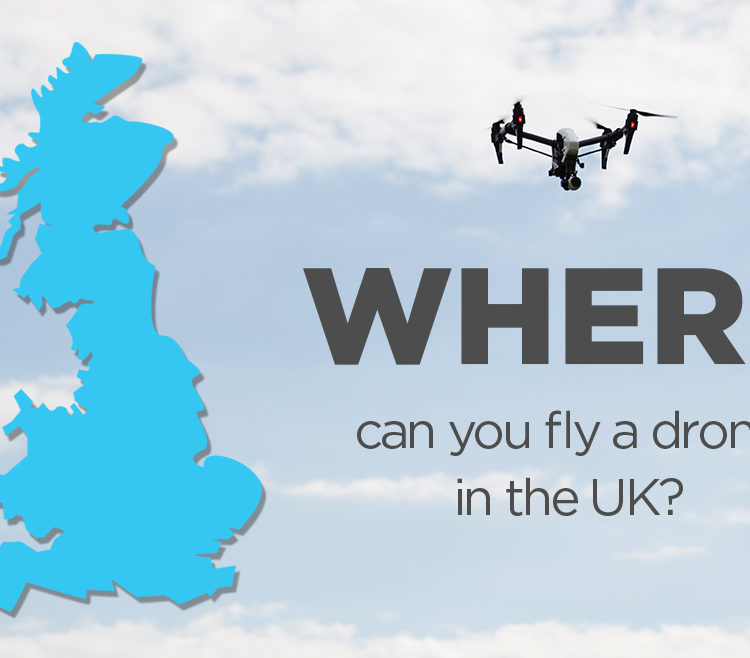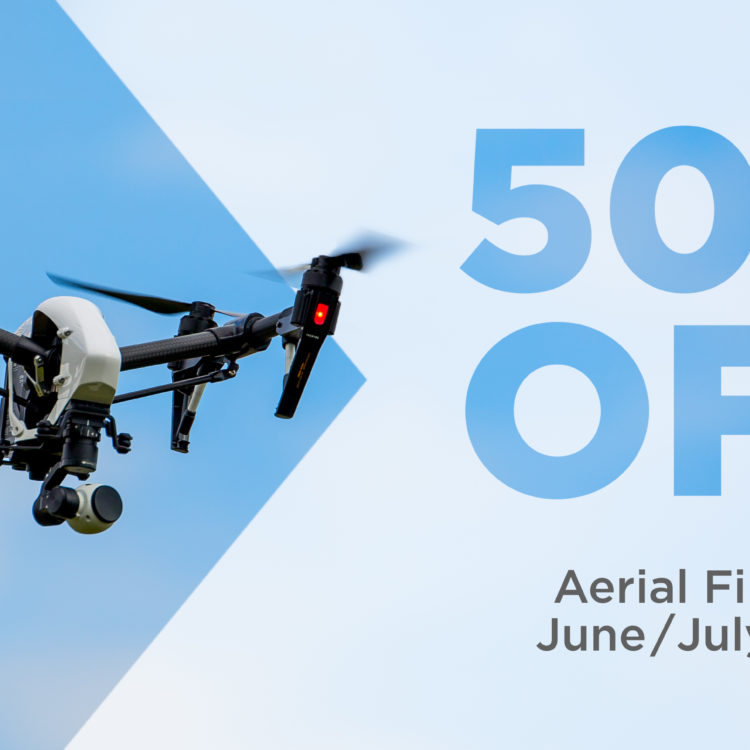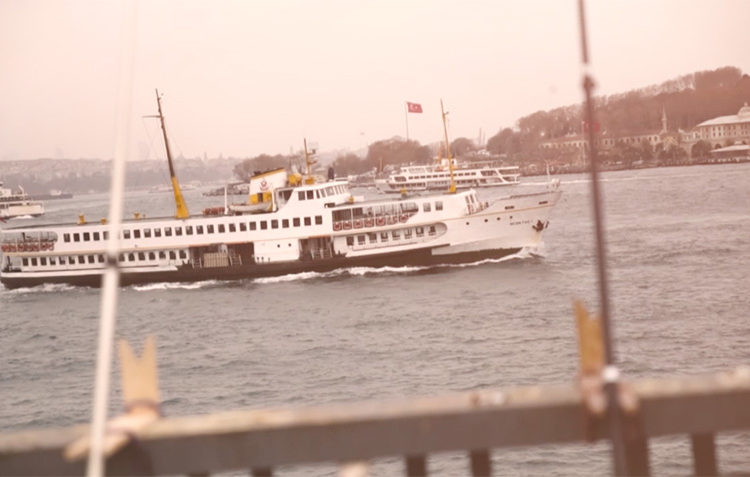Where Can You Fly A Drone In The UK?
Drone filming is one of the most exciting developments in the video world, bringing the capability of capturing soaring, majestic footage to the masses.
The technology has advanced in leaps and bounds over recent years, and there’s now a huge range of drones, or UAVs (Unmanned Aerial Vehicles), available at various price points that are capable of recording stunning 4K video.
However, with the proliferation of drones in recent years, there’s been regular changes to the legislation and policing of them while the authorities race to keep on top of things. This has lead to a fair amount of confusion amongst both hobbyists and professional pilots about where they can actually get up in the sky and take cool pictures.
While most of us know and accept that you’re unlikely to get away with a sweeping flyover of Buckingham Palace or a tight orbit of the Gherkin, it quickly becomes much more of a grey area when you start looking at less obvious locations.
What should you consider before choosing a location?
1. Having a suitable take-off site and flying area
It’s crucial to have a suitable take-off site available. This means that the landowner has given permission to the drone pilot to take-off and land the aircraft, and that the drone can be kept 30 metres clear of any person, vehicle or structure outside control of the film crew while taking off.
Once up in the air, the rules regarding proximity of the drone to potential hazards changes. The drone must now be kept at least 50 metres away from anyone or any vehicle/structure outside the control of the film crew, so it’s important to consider where exactly it will need to fly to get the required shots and how any hazards can be managed and avoided.
For example, these rules do mean that most back gardens aren’t going to make a suitable take-off site for most drones and if you have a drone that’s heavier than 7kg (which is unlikely for most productions), those distances may also be higher.
2. Crowd avoidance
Drones must be kept at least 150 metres away from a ‘organised assembly’ involving a large group of people, such as a sporting event or concert. ‘Large’ is generally defined as being 1,000 people. So unfortunately flying your drone over a crowd of people at a music festival isn’t an option.
3. No fly zones and local laws (e.g. parks)
This is a big one as the rules set by local councils and landowners about where you can use your drone are rapidly becoming more defined. A lot of ‘no-fly’ zones are clearly identified (noflydrones.co.uk has a good list), and some newer drones are equipped with ‘geo-fencing’ meaning they will simply refuse to fly into forbidden areas. A lot of parks and councils have specific policies (e.g. you can’t fly in any of London’s 8 Royal Parks or Chelsea without specific permission) but some are less clear – if in doubt, it’s worth checking with the local council beforehand.
4. Avoiding other air traffic
Although some may consider smaller inexpensive drones as toys, they’re all considered to be aircraft by the Civil Aviation Authority (CAA) and as such there are rules in place designed to minimise the risk to other air traffic. You can’t fly near any airport, airfield or aerodrome without specific clearance – so you need to check that where you plan to fly is outside their exclusion zones. Again, noflydrones.co.uk provides a map outlining these.
5. Flying within the rules
Assuming you are looking to film in an area suitable for taking of and flying a drone, you’ll need to keep in mind that the drone pilot needs to be able to see the drone at all times, and that it is flown under 400 feet vertically and less than 500 metres away from the pilot horizontally.
This is referred to as ‘the bubble’ and helps to minimise the risk of collision with other air traffic, as well as ensuring that the pilot is close enough to operate the drone safely. Keeping in mind these rules is important when planning exactly where to carry out the drone flight to get the shots you’re looking for.
6. Don’t be annoying
The way the drone is operated makes a difference – some parks and councils have rules that, somewhat subjectively, allow drone flight as long as it doesn’t ‘annoy’ other people.
It’s generally common sense, but being reasonably discreet, not causing a nuisance, or flying it recklessly, will mean people are less inclined to complain and more likely to be amenable to your planned flight.
7. Indoors vs outdoors
This is an interesting one – drones are generally sold for what they can do outdoors, but newer ones are also touted for what can be done with them inside. Once you’re in a building, the drone is no longer considered air traffic since it’s not in open airspace, and so then you’re in the realm of needing permission and clearance from whoever owns/manages the building, and the usual CAA rules don’t apply.
Being indoors obviously carries its own risks so it’s really worth doing a full risk assessment and considering your insurance situation!
With drones being such a hot topic at the moment, it’s going to be interesting to see how the rules and regulations develop in the coming years. It’s likely that public perception will feed into this, and so those of us operating drones need to do our best to ensure we’re following the rules, conducting flights legally and safely, so that hopefully the laws become more relaxed rather than more stringent. Time will tell!
To talk to us more about where drones can or can’t be used, and how we can help ensure you get the aerial footage you need, please get in touch via the button below or by calling +44 (0)208 339 6139.
